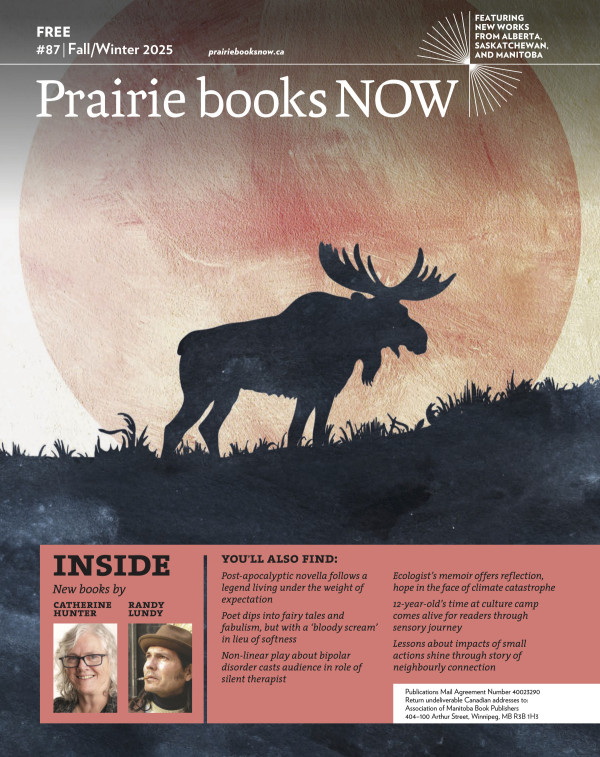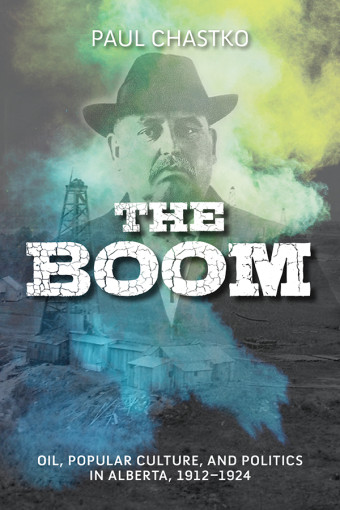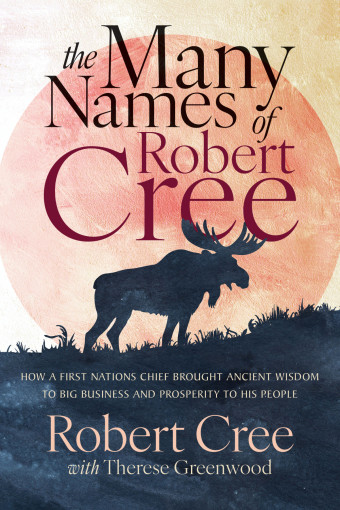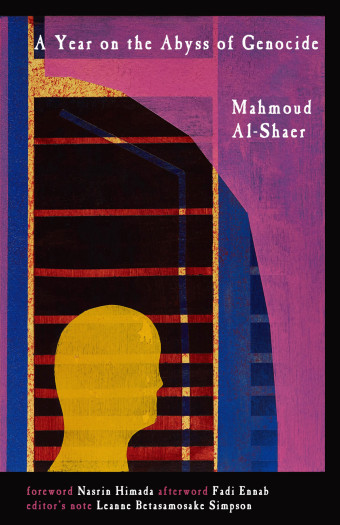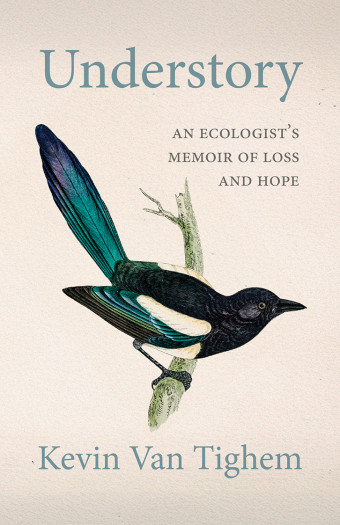Prairie Interlace: Weaving, Modernisms, and the Expanded Frame, 1960–2000, a new art book to accompany a touring exhibition, takes a close look at textile art, such as weaving, rug hooking, and crocheting, created on the Canadian Prairies in the latter half of the 20th century. Edited by Michele Hardy, Timothy Long, and Julia Krueger, these 10 essays and accompanying photos weave a story of how these creations rose to become art forms. Hardy, a curator from Calgary, says a diversity of perspectives in the essays was important.
“We have writers from across the Prairies who come from different perspectives, different ages, different genders to try and bring some nuance to the story.”
But she knows there is always more. “This is a project that’s inherently incomplete and hopefully will be an important jumping off point for deeper inquiry in the future.”
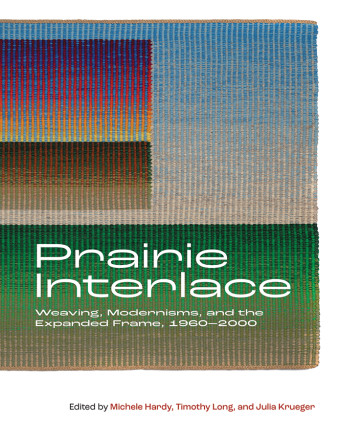
- Prairie Interlace
- Michele Hardy (Editor), Timothy Long (Editor), Julia Krueger (Editor)
- University of Calgary Press
- $59.99 Paperback, 254 pages
- ISBN: 978-17-73854-87-8
Also of significant importance to the editors was highlighting the work of marginalized artists.
“Textiles are generally underrepresented in the canon of art,” says Hardy. “If we look at the history of art across the Prairies, textiles don’t figure prominently. There are multiple layers of amnesia at work here.
“We discovered a lot of works by artists who have just slipped through the cracks. There are many works that have simply disappeared.”
Long, head curator of the MacKenzie Art Gallery in Regina, agrees. “Those artists were, for the most part, recent immigrants, or women, or Indigenous. They were on the margins in many different ways.”
Krueger, who works as an independent curator in Lumsden, Saskatchewan, shares a surprising detail about these creators.
“What’s really incredible [is that] a number of makers made these in their homes, not in [a] studio somewhere else. They were weaving in their kitchen, they were dyeing on their kitchen stoves. There’s this really interesting alternative space for making that challenges the stereotypical isolated artist that goes to the studio. And then [the pieces are] huge and incredible.
“It’s sort of mind blowing,” she says.
Hardy also says she is humbled by “how brave and experimental and gutsy many of these artists were.”
The recent resurgence of interest in textiles, including DIY making, makes this history relevant today. Long thinks Prairie Interlace will provide a way for current creators to connect to works that came before. “This will show them that they’re not alone in this moment,” he suggests. “There have been other moments of rich exploration and creativity that they can hopefully draw on and get inspiration from.”
While Prairie Interlace is a powerful work on its own, the touring exhibition adds another layer of enrichment.
“One of the threads that holds the whole book together is the exhibition, which gave rise to this publication,” Long says. “The works that the artists created that we’ve selected and included form a kind of armature for the different explorations that you see represented in the essays.”
Prairie Interlace will be at the MacKenzie Art Gallery from Nov.4, 2023, to Feb.18, 2024. For more information on the exhibition, visit prairieinterlace.ca.
About the in-person experience, Krueger says, “I would like people to take away a sense of wonder, and want to learn more, and start to peel away at these layers.”

